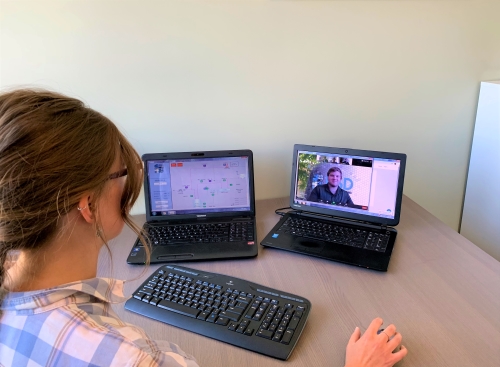July 19, 2021
The design and structure of training courses is underappreciated. The layout of a course is often times the difference between an average course and the best course that you’ve ever attended. As course structure is so important, it is concerning how overlooked this factor is when people are determining the courses that they would like to attend.
Most training providers design their courses differently. Some rely on slideshows and lecture-based learning. Others attempt to engage delegates with notetaking and quiz exercises. With all of this differentiation, it is important to understand a course’s layout before deciding to register for it.
When I reference course layout and structure, it encompasses a wide range of factors such as course duration, how the material is presented, student engagement, etc. A singular factor doesn’t make a course good or bad, but rather, it is the combination of all of these factors and the material itself, that determines a course’s effectiveness.
With all of that being said, let’s review the structure of all of ESD Simulation’s courses by breaking down some of the key factors that make up a day of training.

Locations:
For the past two years or so, our courses have been taking place in a live, online environment to adhere to COVID-19 guidelines. However, in the past and (hopefully) soon in the future, our courses took place in-person at locations all across the globe. Depending on the geographic location, in-person courses are delivered at our own training facilities or at a select number of conference and event centres that we have partnered with over the years. There are also options to have the course ran at your organizations own facilities if a number of people require training on the same topic.

Duration and Timeline:
Courses are run in the delegates local time zone. They generally begin at 8:30 AM and finish at 4:30 PM. Depending on the specific course, the training generally takes place over a span of 1 – 5 days.
Breaks:
We believe that it is impossible to learn for eight hours straight, multiple days in a row. Therefore, frequent breaks are one of the main focuses of our courses. For each hour of a course, there are 50 minutes of instruction and a 10-minute break.
These frequent breaks help to refresh students focus and gives their minds an opportunity to properly absorb and process the material covered. This results in a deeper and more lasting understanding of the course material. During this period of online learning, frequent breaks have become even more important. Learning in front of a computer for 8 hours is extremely taxing and these breaks give people a chance to step away from the screens and reenergize themselves.
Delivery Methods:
The best way to learn is by doing. All of our courses avoid the long lectures and instead focus on a mix of short presentations, group discussions, and simulation model exercises. During each training day, the material is presented in various ways to help keep delegates interactive and focused. Content may be presented as theory-based through a short lecture and video example. However, the practical side is then presented by working through exercises using a dynamic simulation model and computer-based training tools.

Instruction:
All of our instructors are experienced operations professionals who have undergone extensive training in their areas of expertise. They understand the course content extremely well and are able to present from their own experiences, not just by reading course content off of presentation slides. Content and questions are backed up with real-life examples, garnered through instructors many years of practical work experience.

Course Material:
For each ESD Simulation Training course, delegates receive a manual that includes all of the course material. It features all of the presentation information that is covered over the duration of the course. After the course is completed, delegates get to keep this manual and can use it as a reference in their future roles and to help solve any problems that they may encounter.
Delegate Engagement:
Another focus of our courses is engagement. Note-taking and lecturing for hours on end creates a passive and ineffective learning environment. Instead, we focus on hands-on learning and applying the theory that is presented.
Delegates are not only told to ask questions but they are also encouraged to work as a group to solve problems and complete exercises on the simulation models. At the outset, delegates are asked their main objective in taking this course as well as what knowledge and skills that they hope to acquire. The course content is then tailored to these objectives, allowing for more open discussions.

The design and structure of our courses have been perfected over our 30 years of training experience in the Process and Oil & Gas industries. CONTACT US TODAY to see how we can meet all of your training needs.

